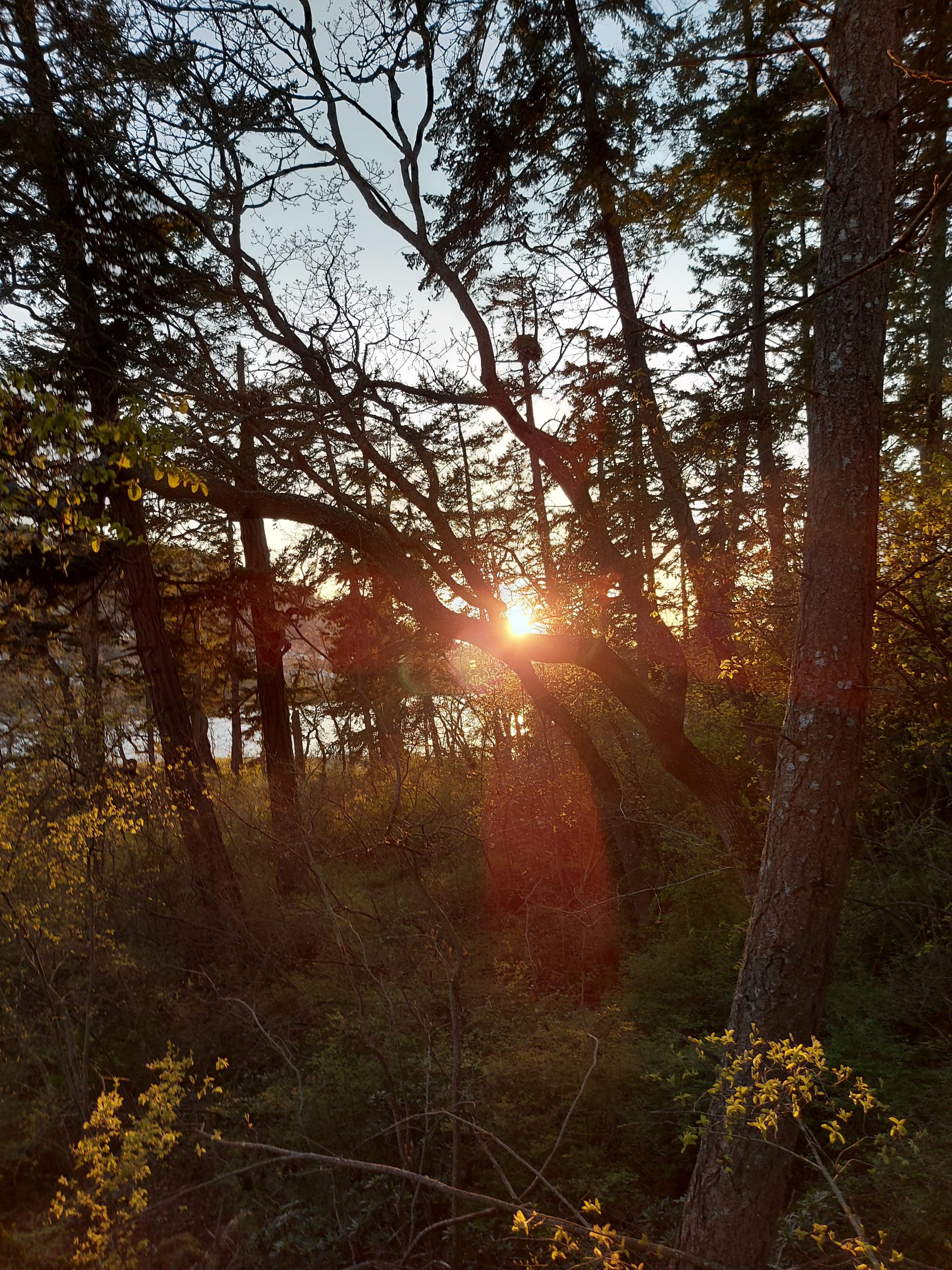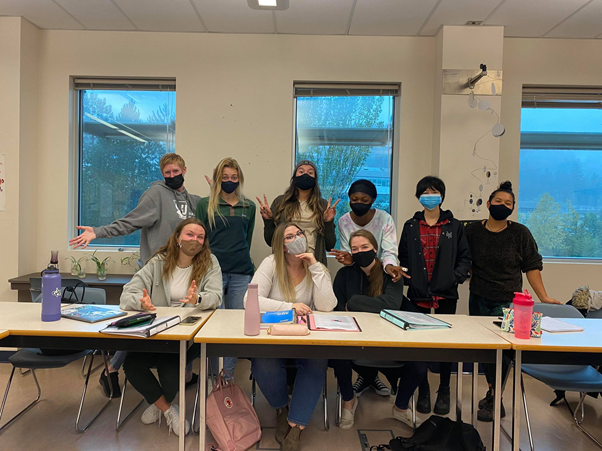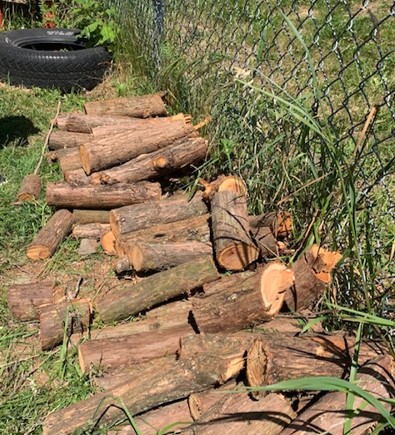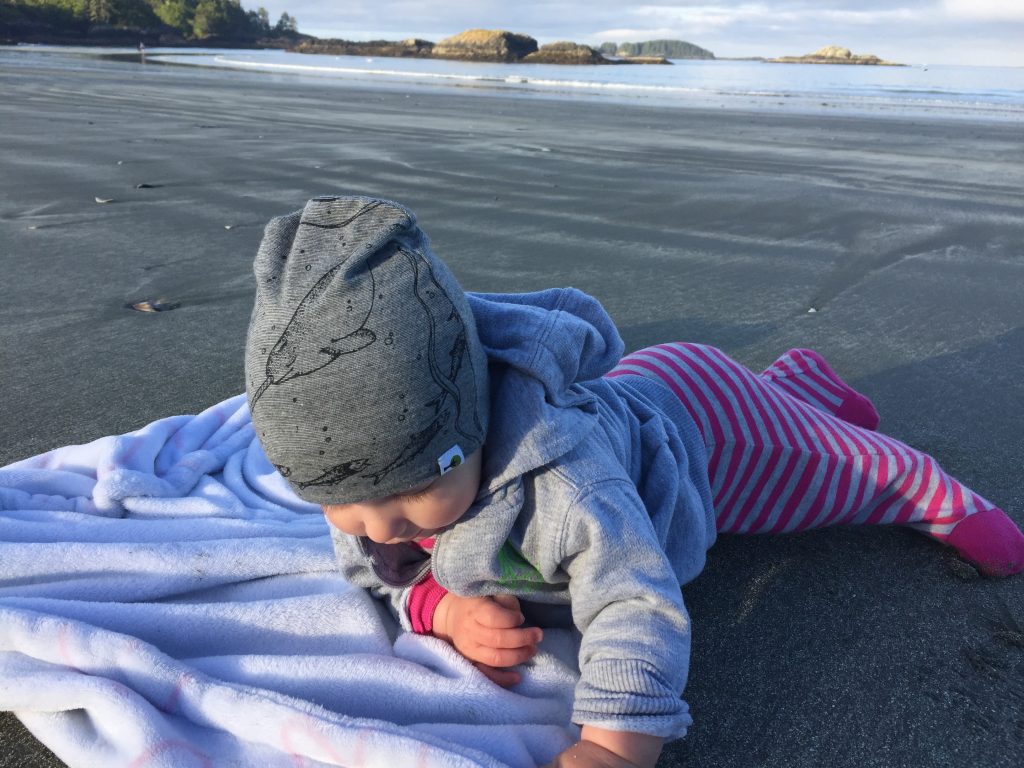Dear Ash,
Today I found myself in a grove, to be very specific, in an Alder Grove; I thought about how these trees are so quick to grow and that they fall quickly—constantly rising, falling and re-growing again. This speaks to the images you pull from the pedagogical narration by Shannon McDaniel called “The Educator I Once Was” (Government of British Columbia, 2019, p. 91). With this, my heart is open to new ideas, and I am, hopefully, forever willing to grow and be teachable.
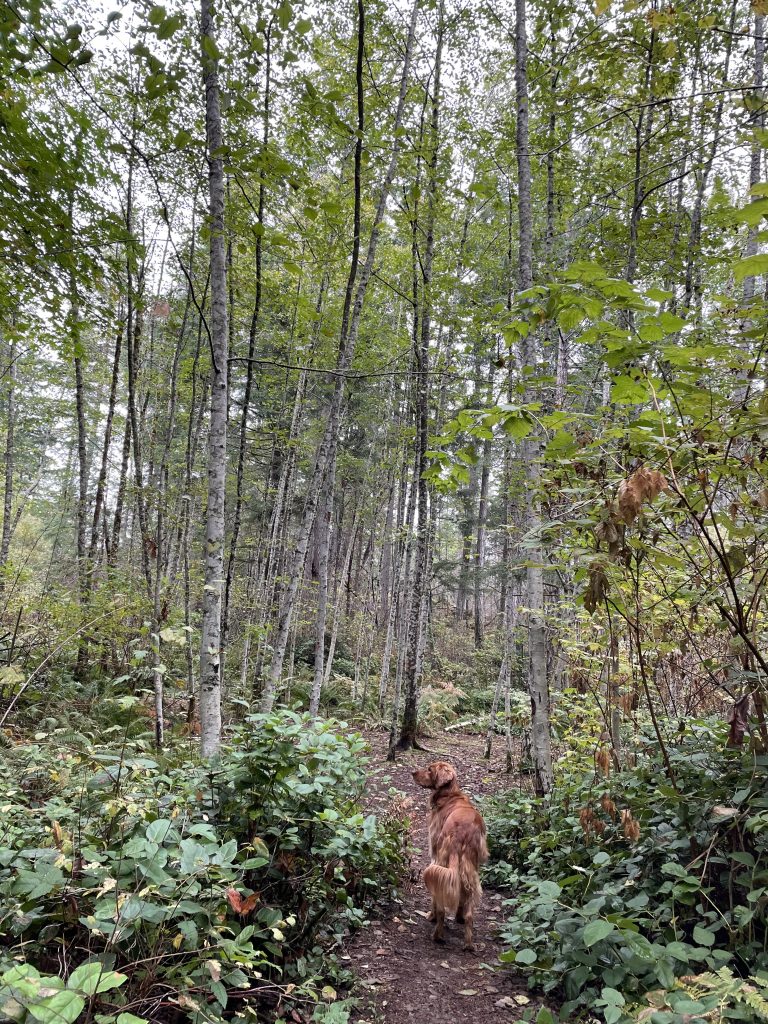
Ash’s encouragement that I may already know who I am responsible for brings joy to my heart. Her writing sings a song of welcome and invitation. I feel called to respond…
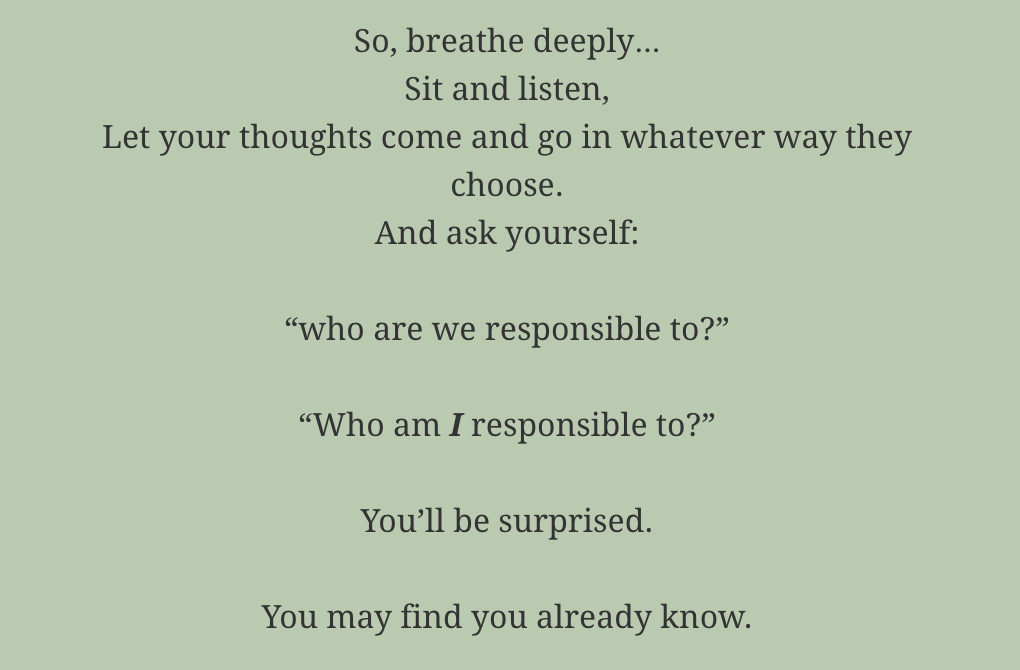
So, after her invitation to breathe, I can articulate who I feel responsible to: I feel responsible for all things human and non-human. I am also responsible for living well so others may live well too.
How might I respond to this call to be responsible? Here is the how and why of it:
- To uphold, live and breathe our Framework’s vision: “Respectfully living and learning together” (Government of British Columbia, 2019, p. 42).
- To love and be loved (human and non human).
- To feel welcome and welcome others, much like Ash has done above.
- To challenge and critically reflect on the thoughts and stories that have led me to where I am today. “To be and to become an experienced teacher is not merely the accumulation of strategies and knowledge, but rather it calls for one to confront one’s previous understanding” (Pelech & Skuce, 2020).
I will share that I appreciate Ash’s way of bringing her learning visible; It opens up an opportunity for me to do the same. I will close with this question: is it possible that we are also responsible to our colleagues?
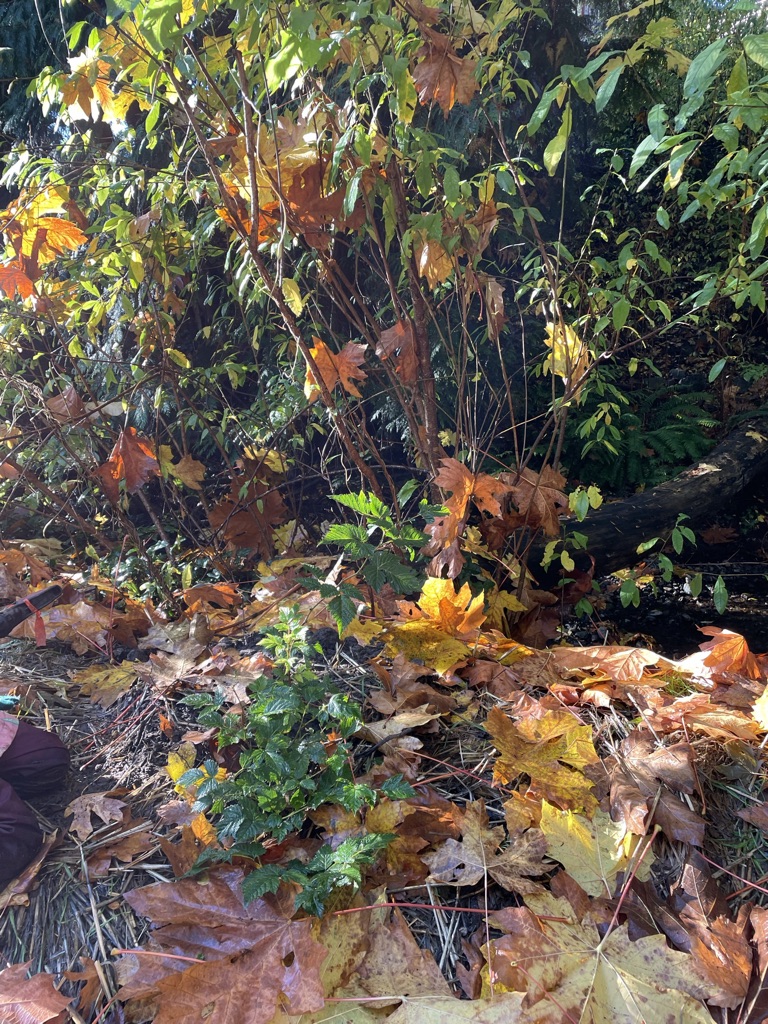
“Every breath that you take is a breath that was made for you by plants”(Kimmerer, 2019).
In Gratitude and Kindness,
Chelsea
References:
Bioneers [Bioneers]. (2019, June 11). The honourable harvest – Robin Kimmerer [Video]. YouTube. https://www.youtube.com/watch?v=cEm7gbIax0o
Government of British Columbia. (2019). British Columbia early learning framework (2nd ed.). Victoria: Ministry of Education, Ministry of Health, Ministry of Children and Family Development, & British Columbia Early Learning Advisory Group. https://www2.gov.bc.ca
Pelech, S., Skuce, T. (2020). A pedagogical venturing into the three sisters’ garden: Lessons of attunement and reciprocity in education. Journal of Applied Hermeneutics, 2020: 2020. https://journalhosting.ucalgary.ca

